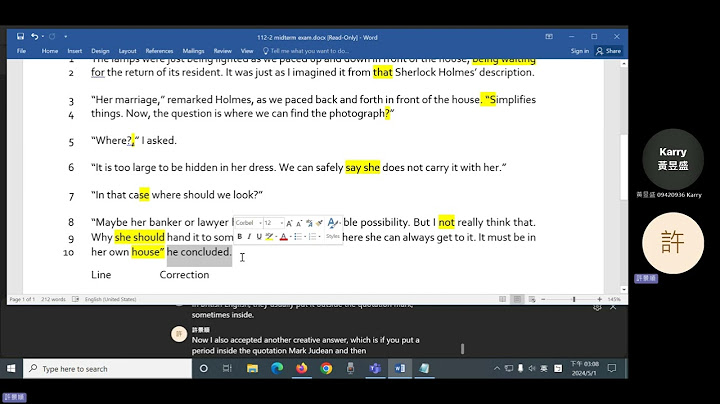Ảnh đẹp,18,Bài giảng điện tử,10,Bạn đọc viết,225,Bất đẳng thức,75,Bđt Nesbitt,3,Bổ đề cơ bản,9,Bồi dưỡng học sinh giỏi,41,Cabri 3D,2,Các nhà Toán học,129,Câu đố Toán học,83,Câu đối,3,Cấu trúc đề thi,15,Chỉ số thông minh,4,Chuyên đề Toán,289,congthuctoan,9,Công thức Thể tích,11,Công thức Toán,112,Cười nghiêng ngả,31,Danh bạ website,1,Dạy con,8,Dạy học Toán,279,Dạy học trực tuyến,20,Dựng hình,5,Đánh giá năng lực,1,Đạo hàm,17,Đề cương ôn tập,39,Đề kiểm tra 1 tiết,29,Đề thi - đáp án,986,Đề thi Cao đẳng,15,Đề thi Cao học,7,Đề thi Đại học,159,Đề thi giữa kì,20,Đề thi học kì,134,Đề thi học sinh giỏi,128,Đề thi THỬ Đại học,401,Đề thi thử môn Toán,65,Đề thi Tốt nghiệp,46,Đề tuyển sinh lớp 10,100,Điểm sàn Đại học,5,Điểm thi - điểm chuẩn,221,Đọc báo giúp bạn,13,Epsilon,9,File word Toán,35,Giải bài tập SGK,16,Giải chi tiết,196,Giải Nobel,1,Giải thưởng FIELDS,24,Giải thưởng Lê Văn Thiêm,4,Giải thưởng Toán học,5,Giải tích,29,Giải trí Toán học,170,Giáo án điện tử,11,Giáo án Hóa học,2,Giáo án Toán,18,Giáo án Vật Lý,3,Giáo dục,363,Giáo trình - Sách,81,Giới hạn,20,GS Hoàng Tụy,8,GSP,6,Gương sáng,208,Hằng số Toán học,19,Hình gây ảo giác,9,Hình học không gian,108,Hình học phẳng,91,Học bổng - du học,12,IMO,13,Khái niệm Toán học,66,Khảo sát hàm số,36,Kí hiệu Toán học,13,LaTex,12,Lịch sử Toán học,81,Linh tinh,7,Logic,11,Luận văn,1,Luyện thi Đại học,231,Lượng giác,57,Lương giáo viên,3,Ma trận đề thi,7,MathType,7,McMix,2,McMix bản quyền,3,McMix Pro,3,McMix-Pro,3,Microsoft phỏng vấn,11,MTBT Casio,28,Mũ và Logarit,38,MYTS,8,Nghịch lí Toán học,11,Ngô Bảo Châu,49,Nhiều cách giải,36,Những câu chuyện về Toán,15,OLP-VTV,33,Olympiad,308,Ôn thi vào lớp 10,3,Perelman,8,Ph.D.Dong books,7,Phần mềm Toán,26,Phân phối chương trình,8,Phụ cấp thâm niên,3,Phương trình hàm,4,Sách giáo viên,15,Sách Giấy,11,Sai lầm ở đâu?,13,Sáng kiến kinh nghiệm,8,SGK Mới,24,Số học,57,Số phức,34,Sổ tay Toán học,4,Tạp chí Toán học,38,TestPro Font,1,Thiên tài,95,Thống kê,2,Thơ - nhạc,9,Thủ thuật BLOG,14,Thuật toán,3,Thư,2,Tích phân,79,Tính chất cơ bản,15,Toán 10,149,Toán 11,179,Toán 12,392,Toán 9,67,Toán Cao cấp,26,Toán học Tuổi trẻ,26,Toán học - thực tiễn,100,Toán học Việt Nam,29,Toán THCS,22,Toán Tiểu học,5,toanthcs,6,Tổ hợp,39,Trắc nghiệm Toán,222,TSTHO,5,TTT12O,1,Tuyển dụng,11,Tuyển sinh,272,Tuyển sinh lớp 6,8,Tỷ lệ chọi Đại học,6,Vật Lý,24,Vẻ đẹp Toán học,109,Vũ Hà Văn,2,Xác suất,28, The Basel problem is a famous problem in number theory, first posed by Pietro Mengoli in 1644, and solved by Leonhard Euler in 1735. Since the problem had withstood the attacks of the leading mathematicians of the day, Euler’s solution brought him immediate fame when he was twenty-eight. Euler generalised the problem considerably, and his ideas were taken up years later by Bernhard Riemann in his seminal 1859 paper On the Number of Primes Less Than a Given Magnitude, in which he defined his zeta function and proved its basic properties. The problem is named after Basel, hometown of Euler as well as of the Bernoulli family, who unsuccessfully attacked the problem. The Basel problem asks for the precise summation of the reciprocals of the squares of the natural numbers, i.e. the precise sum of the infinite series: . The series is approximately equal to 1.644934 (sequence A013661 in OEIS). The Basel problem asks for the exact sum of this series (in closed form), as well as a proof that this sum is correct. Euler found the exact sum to be and announced this discovery in 1735. His arguments were based on manipulations that were not justified at the time, and it was not until 1741 that he was able to produce a truly rigorous proof. Proof and comments. Euler’s original “derivation” of the value is clever and original. He essentially extended observations about finite polynomials and assumed that these same properties hold true for infinite series. Of course, Euler’s original reasoning requires justification, but even without justification, by simply obtaining the correct value, he was able to verify it numerically against partial sums of the series. The agreement he observed gave him sufficient confidence to announce his result to the mathematical community. To follow Euler’s argument, recall the Taylor series expansion of the sine function . Dividing through by , we have . Now, the roots (zeros) of occur precisely at where . Let us assume we can express this infinite series as a product of linear factors given by its roots, just as we do for finite polynomials If we formally multiply out this product and collect all the terms, we see that the coefficient of is . But from the original infinite series expansion of , the coefficient of is . These two coefficients must be equal; thus, . Multiplying through both sides of this equation by gives the sum of the reciprocals of the positive square integers . SOURCE: |




















